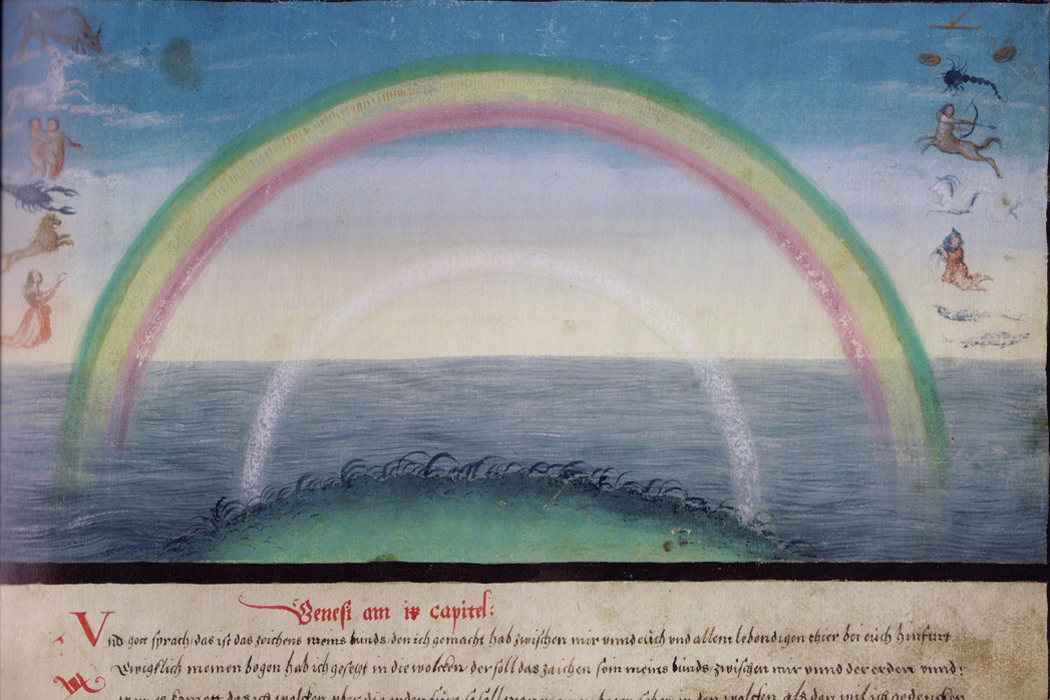Climate History Network is an organization of scholars, who work to reconstruct past climate changes and identify how these changes affected human history
The Climate History Network connects academics in many disciplines, from many countries. They encourage more collaborative and interdisciplinary teaching and research in climate history. They also offer contacts and resources for professors, teachers, students, and interested lay people.
The CHN grew out of discussions on the H-Environment network in 2010. We currently have more than 150 members. We are part of the International Congress of Environmental History Organizations, and hold regular meetings at the annual conferences of the American Society for Environmental History. We also host annual climate history workshops at Georgetown University, in Washington, DC. We are planning a major conference dedicated to past relationships between climate change and conflict.
The programs are made possible through financial support provided by Georgetown University and the Georgetown Environment Initiative. The listserv is hosted by Ohio State University. There is no political affiliation. Membership is free.
The “news” page features the news, which the team consider to be most relevant . Most of this news consists of publication information, conference reports, calls for papers, updates, and other announcements.
- Pressing news updates and ideas are broadcast through the listserv.
- The social media pages highlight additional news relevant to climate changes past, present, and future.
- The “events” page contains announcements about meetings, workshops, and conferences hosted by the CHN.
- The “databases” page lists digital resources that can support research projects.
- The teaching page includes climate history syllabi, and a set of interviews about teaching the environmental history of climate change.
- The bibliography page links to an extensive, searchable climate history bibliography, hosted on Zotero.
- The”links” page lists related networks and websites.
- The “podcast” header to access the iTunes page for the Climate History Podcast, hosted by Dr. Dagomar Degroot.
- The “members” page gives the email addresses, institutional affiliations, and research keywords of international, multidisciplinary members.
Online presence is at the heart of everything we do, and we are always looking for more content. If you’re interested in climate history, please consider volunteering.
READ MORE:
FEATURED PHOTO:
The Book of Miracles that first surfaced a few years ago and recently made its way into an American private collection is one of the most spectacular new discoveries in the field of Renaissance art. The nearly complete surviving illustrated manuscript, which was created in the Swabian Imperial Free City of Augsburg around 1550, is composed of 169 pages with large-format illustrations in gouache and watercolor depicting wondrous and often eerie celestial phenomena, constellations, conflagrations, and floods as well as other catastrophes and occurrences. It deals with events ranging from the creation of the world and incidents drawn from the Old Testament, ancient tradition, and medieval chronicles to those that took place in the immediate present of the book’s author and, with the illustrations of the visionary Book of Revelation, even includes the future end of the world.
